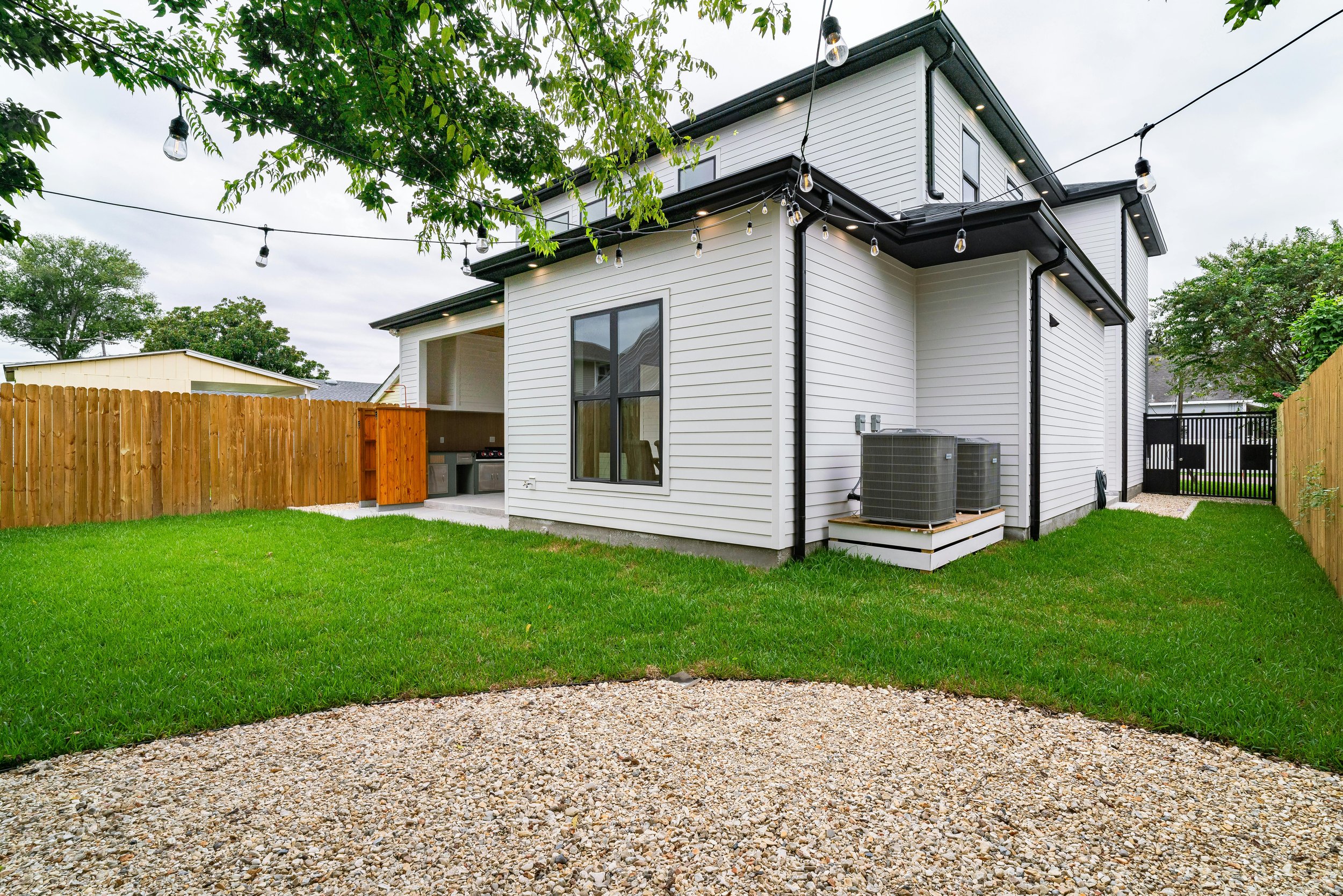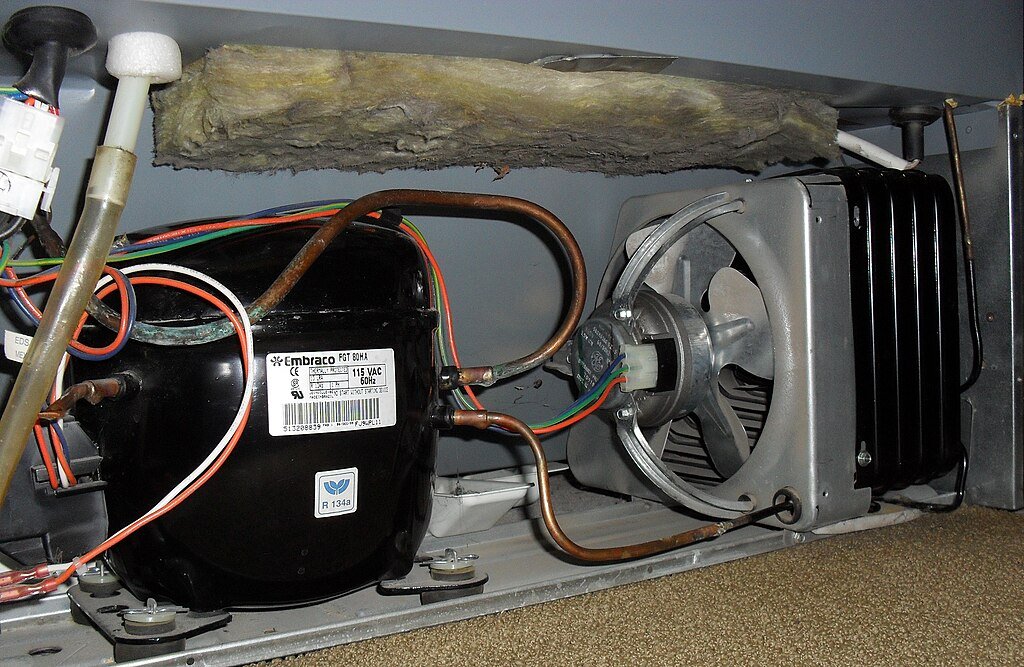Turn your leftover ingredients into a creamy, filling soup
You know how we recently made an excessive amount of mashed potatoes? ...We also made an excessive amount of white beans when we made quesadillas. So now we have slightly less in the container of potatoes but also a large pot of beans to work through. Time for us to get creative and combine them!
Not so long ago, we tried a white bean soup at a local restaurant. Theirs was very tasty and very filling, and it became a jumping-off point for what we've done here.
In the event you aren't starting with a bunch of leftovers like we did, please take the time to prepare potatoes and beans as needed. Using instant potatoes and canned beans are totally options if time is tight and you need food on the table soon!
Ingredients:
2 cups cooked white beans
1 whole yellow onion
1 rib celery
3 tablespoons minced garlic
1 cup mashed potatoes
1/2 cup milk
2 tablespoons butter (optional; see notes)
3 tablespoons dried parsley
1 bay leaf
2 tablespoons better than bouillon variety of choice (we used chicken)
5-6 cups water
salt and pepper, to taste
Tools:
large stock pot with lid or Instant Pot/pressure cooker
food processor or blender
measuring cups and spoons
serving spoon or ladle
knife
cutting board
Any produce you plan to work with that isn't washed and ready to eat will, of course, need a quick bath before you get to chopping. You already know this, we're sure, but we'd feel like we failed you if we didn't give you the reminder each time. If you’re making your beans from scratch for this recipe, make sure to consider whether you want to soak them or not, and how that will affect the recipe as well.
Open up the food processor or blender, checking for loose pieces because you really don't want to find out the bottom ring of the blender jar is loose or that the food processor blade isn't seated /after/ you've already put food in... Ask us how we know.
Rough chop your onion (we were a little lazy and just quartered it, which was enough to fit the chunks between the blades) and add it to the food processor. Dice and add your celery, then measure in your minced garlic. Put the lid in place, make sure it's secure, and pulse until you have a vegetable slush of mostly uniform consistency.
You can add your potatoes at this point if there's room in the food processor. We ran out of space and ended up mixing those in by hand later, so we hope you've got some space to spare.
Take your cooked beans and transfer them to the stock pot or pressure cooker. Add your mashed potatoes and the contents of the food processor and stir. If the food processor couldn't take care of the potatoes for you, reheat them before adding and melt in the butter - cold mashed potatoes have a tendency to be congealed and lumpy, and this will help them mix better
Measure in your dried parsley, Better than Bouillon, bay leaf, salt and pepper. As you can see in the photo, we used a LOT of pepper, but that's a preference thing. (Probably don't use that much. We just like pepper here.)
Add the milk and water, put the lid on the pot and bring it up to temperature.
If you're doing this on the stove top, set the burner to medium and bring the contents of the pan up to a simmer. Cover and cook for at least 30 minutes, stirring occasionally.
If you're using a pressure cooker, set to low pressure for 20 minutes and allow natural pressure release. Also, watch out for the "food burn" warning; our Instant Pot can be annoyingly sensitive, and it set off the warning alarm twice because of, as far as we could tell, a lump of potato stuck to the edge. May you have fewer headaches with yours.
This soup works great as a main dish or as a side along with something else. It would even work great as an easy lunch for the week, if you’re into food prep. We enjoyed it served alongside some slices of thick bakery bread.
If you’re working specifically with your Instant Pot (or similar small appliances) because your oven is giving you trouble, we’re here to help. At Appliance Rescue Service, our goal is to get your home running smoothly again, whether it’s your oven or your dryer, your refrigerator or your dishwasher. You can reach out to us via our website below or by giving us a call. We’ll work with you to find a date and time that works best for your situation.
Website
Call: (214) 599-0055
Additional Reading
Punchy Potato & Cheddar Rolls
Chocolate Raspberry Thumbprints


















